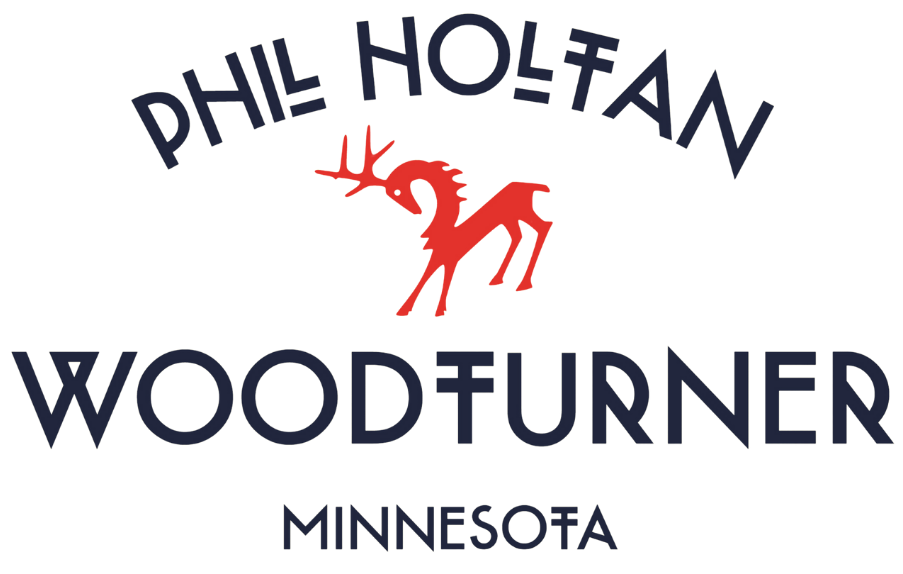Cutting Up Your Burl
Phil has been chosen to present a demonstration at the American Association of Woodturners Symposium in St. Paul, MN June 12-15. He’s excited to show what he has learned about using these precious and rare burls to their best advantage. Below, with photos, I share my agenda for my presentations.
A big Black cherry burl from Black River Falls, WI. These are wonderful burls and this was huge. The photo shows only half
This is the way I visualize what can come out of my burl, working around natural defects and fault lines
Phil has turned thousands of burls in a number of species into his signature natural-edged bowls. He will start this presentation with examining real burls, in the presentation space itself as well as in slides and video, to decide how best to use the burl, cut it and shape it for placing on the lathe. He will show how to identify areas of the burl to avoid or work around, like cracks, bark inclusions, holes, rotten areas and insect activity. Then he will show how to use cardboard discs of different diameters to visualize the best use of the burl,
Next, using videos and slide, he will show how he uses the chain saw and then the band saw to section the burl, always aiming to get the largest bowls and the highest yield from each burl.
Third, again, using chunks of burl and slides, he will show how to place those wedges onto the band saw to use a vertical side of the blank that is sufficient size to orient a right angle cut of a flat plane on the bowl blank and then cut a circle at the edges of the cardboard disc.
Finally, he will mount that bowl blank onto the lathe and prepare to use the McNaughton coring system to turn multiple bowls from each wedge. In the limited time of the presentation, he will then cut at least the largest, outside core(s) from the burl. Compared to the roughly cylindrical bowl blank of a bowl blank but from the normal wood trunk, a burl blank is much more random and difficult to orient on the lathe. Phil will almost surely do some repositioning of the driving and/or tail center as the cutting proceeds. While he will not finish the stack, he will show how the process proceeds and how to use the McNaughton system to best advantage. It can be naughty and he will show a number of tricks to tame it. Typically, his wedges yield 2 or 3 from a small burl or section of a burl, to stacks of 6-7 with largest diameters of 14-15 inches. His biggest burls yield 80-100 bowls each.
Here’s a Black ash burl, one of 100 from a huge black ash tree from Northern Minnesota.
Here’s a Boxelder bowl, the biggest from a core that will probably make 6 bowls.




